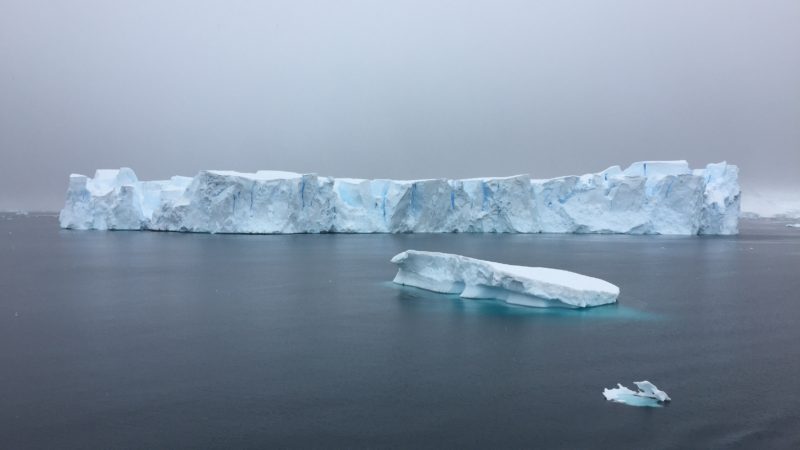An international team of scientists have found that a change in ocean circulation allowed for storage of large amount of carbon in the deep Atlantic Ocean that lowered atmospheric CO2 and pushed Earth’s climate into the coldest and more glaciated stages of the last ice age. The team led by Dr Jimin Yu of the Australian National University and that involves Dr Gianluca Marino from the Centro de Investigación Mariña of the Universidade de Vigo (CIM-UVigo), analysed the geochemical composition of marine sediments and carbonate microfossils taken from the deep ocean.
Ocean circulation controls global climate by taking up, storing, and redistributing carbon, oxygen, heat, and freshwater over large spatial and temporal scales. In the study published in Nature Geoscience the research team shows that carbon-rich deep waters from the Pacific Ocean intruded into the South Atlantic Ocean and extended northward up to about 20°S at three to four kilometres depth during the last ice age.
This change in the circulation of the deep ocean increased its capacity to store carbon and led to a decline in atmospheric CO2 to levels that were about 50% lower than today. CO2 is a powerful greenhouse gas and this decrease pushed the Earth into the Last Glacial Maximum, the peak of the last ice age about 20,000 years ago. The volume of ice on our planet was more than 50 million cubic kilometres larger than today and global temperature was colder by 6°C than preindustrial times.
This detailed picture of the circulation and carbon content of the deep ocean during the Last Glacial Maximum was sought for a long time, because it is essential to decipher the interactions between the ocean and the atmosphere during a period that is often used to test the climate models employed in future climate projections.
Gianluca Marino, a distinguished researcher at the Universidade de Vigo and principal investigator of the Palaeoclimatology Lab of the CIM-UVigo, uses a wide portfolio of geochemical, micropaleontological, and sedimentological tools as well as probabilistic statistics to quantitatively determine the timing, magnitude, and rates of (past) ocean and climate change. His research supply relevant information for mitigation and adaptation policies in the context of the anthropogenic climate change.

